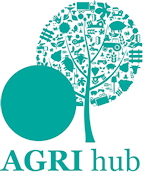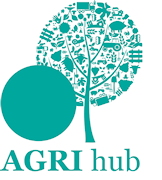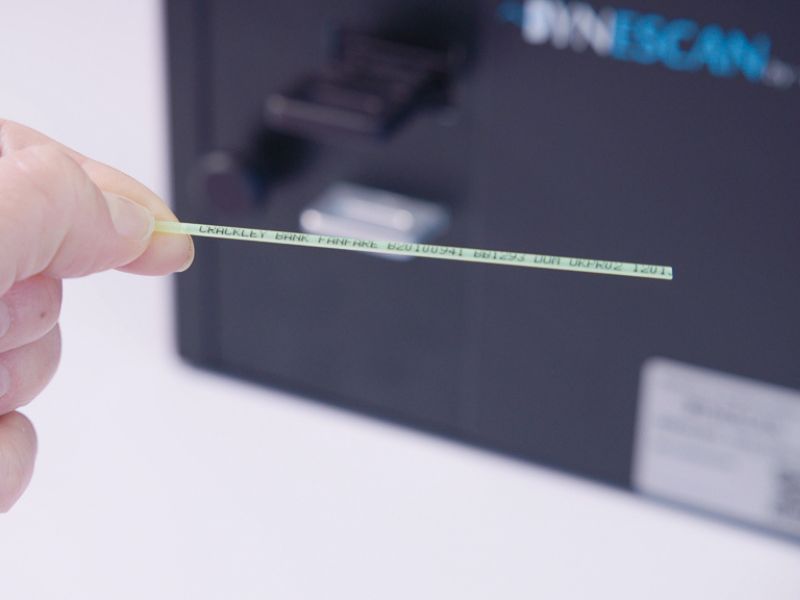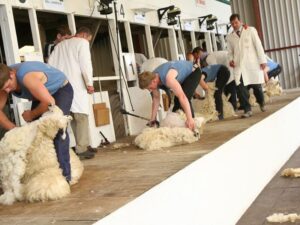Artificial insemination (AI) is an important tool for the majority of dairy farmers, but the quality and viability of the semen used can make or break a breeding season. One semen analyser tool – Dynescan – aims to provide confidence with one simple, quick test.
The Dynescan is a portable semen analyser which measures semen lifetime and quality, and provides insights into how long semen mobility can be sustained.
One vet who has been using the Dynescan is Dave Gilbert, founder of Horizon Dairy Vets. “I’ve been in practice for the best part of 20 years, and have worked with a lot of block calving herds. Semen quality is important to all dairy farmers but block calvers have always been more aware of it,” he explains.
“If there is a bad batch of semen used on an all-year-round calving herd they notice when the cows start returning, but it has a limited impact because they’ve probably only served 5-10% of the herd. But on a block-calving herd, they’re intending to serve nearly every cow in the first three weeks, before they can even realise they have a problem, so it can have some quite profound impacts on the block and fertility.”
Analysing semen quality is not new to Mr Gilbert. “I have been asked for around 15 years now if I could look at batches of semen and get them tested.” And semen quality can vary, particularly after it has left the bull stud. “There are a number of reasons why semen quality may vary, and I have a lot of experience of frozen semen – while a tremendous tool it is quite a fragile commodity. It’s not as simple as semen being dead or alive, there are variations between batches in terms of performance and so forth,” he adds.
“I do a lot of AI audits for handling semen, and there are several people that will handle the semen on its journey from the bull stud to the dairy. All of those are opportunities for mistakes, errors and problems to occur. Often if it’s mishandled the semen will initially be okay but die off quite quickly.”
It is possible to look at semen on-farm through a microscope, but this has its limitations, says Mr Gilbert. “It’s pretty limited; it’s by no means as good an assessment as they would do at the bull stud. But those are large, complicated and expensive pieces of equipment, so there has been a need and a gap in the market for something in between.”
This is where the Dynescan comes in. “We tested out the Dynescan with our block calvers, and I liked the system because I had a greater degree of confidence in the measurement. It ruled out the degree of subjectivity of doing things by eye, and produced something that would be repeatable.
“Our clients liked the system and its insights, which gave them confidence in the service. I think it’s a valuable tool for farmers to assess how they’re handling the semen, and for the industry.” he notes. “I believe the semen companies would far rather find out they have a problem with a batch before it has gone into 100 cows.”
For more information visit www.dyneval.com





